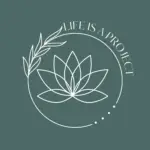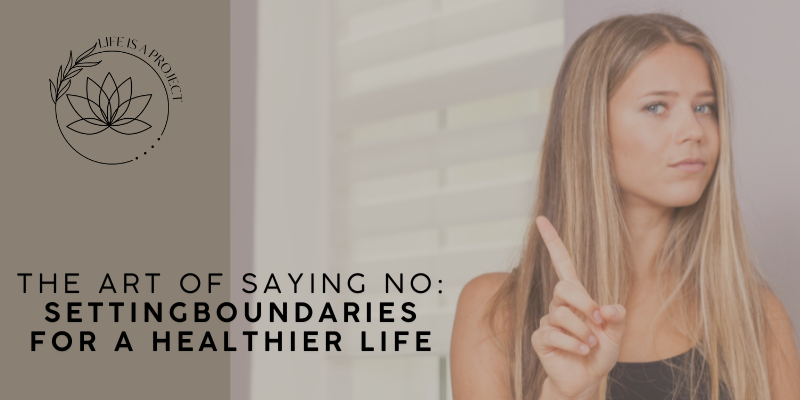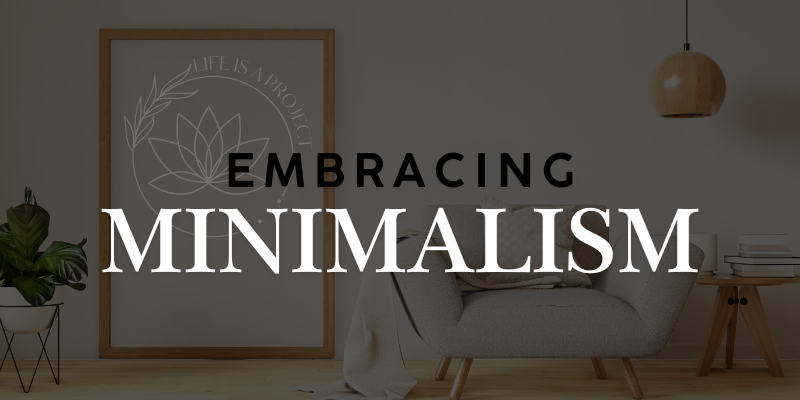Hello, friends! In our fast-paced world, it’s easy to feel overwhelmed by the constant noise, demands, and distractions that fill our days. The good news is that finding a moment of calm doesn’t require hours of quiet or a complete lifestyle change. Meditation offers a simple yet powerful way to relax, clear your mind, and reconnect with yourself, no matter how busy life gets.
If you’re new to meditation, don’t worry—getting started is easier than you might think. Let’s explore some beginner-friendly meditation techniques that can help you find calm and clarity in your everyday life.
The Reality: The Challenge of Finding Calm
Between juggling work responsibilities, family commitments, and the endless stream of notifications on our phones, it’s no wonder that stress levels are at an all-time high. Many of us are constantly on the go, rarely taking the time to pause and breathe. But even a few minutes of meditation can make a big difference in how you feel, helping you manage stress, improve focus, and enhance your overall well-being.
Meditation doesn’t have to be complicated or time-consuming. You don’t need a special space, equipment, or even a lot of time. With just a few simple techniques, you can start experiencing the benefits of meditation, even on your busiest days.
Why Meditation Matters
Meditation offers a range of benefits for both your mind and body. Regular practice can help you:
- Reduce Stress: Meditation activates the body’s relaxation response, helping to lower cortisol levels and reduce feelings of stress and anxiety.
- Improve Focus and Concentration: Meditation trains your mind to focus on the present moment, enhancing your ability to concentrate and stay on task.
- Boost Emotional Health: By promoting mindfulness, meditation can help you better manage your emotions and respond more calmly to life’s challenges.
- Enhance Sleep: Meditation can improve sleep quality by relaxing the mind and body, making it easier to fall asleep and stay asleep.
Getting Started: Simple Meditation Techniques for Busy Beginners
Ready to give meditation a try? Here are some easy-to-follow techniques that are perfect for beginners and can be easily integrated into your busy lifestyle:
1. Mindful Breathing
Mindful breathing is one of the simplest and most accessible forms of meditation. It involves focusing your attention on your breath, allowing you to anchor yourself in the present moment.
- How to Do It: Sit comfortably with your back straight, either in a chair or on the floor. Close your eyes and take a deep breath in through your nose, feeling your belly expand. Exhale slowly through your mouth. Continue to breathe deeply, paying attention to the sensation of the breath as it enters and leaves your body. If your mind starts to wander, gently bring your focus back to your breath.
- Duration: Start with just 5 minutes and gradually increase the time as you become more comfortable.
For guided breathing meditations, check out Headspace or Insight Timer.
2. Body Scan Meditation
Body scan meditation helps you connect with your body and release tension by focusing on different parts of your body, one at a time.
- How to Do It: Lie down or sit comfortably. Close your eyes and take a few deep breaths. Begin by focusing on your toes, noticing any sensations without trying to change anything. Slowly move your attention up through your feet, legs, hips, back, arms, shoulders, neck, and finally to your head, pausing at each area to observe how it feels. If you notice tension, imagine breathing into that area and then releasing it as you exhale.
- Duration: A body scan can take as little as 5 minutes or as long as 20 minutes, depending on how much time you have.
For guided body scans, try Calm or Mindful.
3. Guided Visualization
Guided visualization involves imagining a peaceful scene or setting, helping you relax and clear your mind. This technique is particularly helpful if you find it hard to sit still or quiet your thoughts.
- How to Do It: Sit or lie down in a comfortable position. Close your eyes and take a few deep breaths. Imagine yourself in a calm and peaceful place, such as a beach, forest, or mountain. Focus on the details of your surroundings—what you see, hear, feel, and smell. Allow yourself to fully immerse in this scene, letting go of any stress or worries.
- Duration: Start with 5-10 minutes. Use apps like Simple Habit or Breethe for guided visualizations.
4. Loving-Kindness Meditation
Loving-kindness meditation, also known as Metta meditation, involves silently repeating phrases of goodwill and kindness towards yourself and others. It’s a great way to cultivate compassion and positive emotions.
- How to Do It: Sit comfortably and close your eyes. Take a few deep breaths to settle in. Begin by silently repeating phrases such as “May I be happy, may I be healthy, may I be safe, may I live with ease.” After a few minutes, shift your focus to others—friends, family, even strangers—and repeat the phrases for them. Continue expanding this circle of kindness to include all beings.
- Duration: Start with 5-10 minutes and gradually increase the time.
For guided loving-kindness meditations, visit The Greater Good Science Center.
5. 5-Minute Meditation
If you’re pressed for time, a quick 5-minute meditation can still offer significant benefits. This is a great option for busy mornings, lunch breaks, or whenever you need a quick mental reset.
- How to Do It: Find a quiet spot where you won’t be disturbed. Sit comfortably and set a timer for 5 minutes. Close your eyes and focus on your breath, a mantra, or simply observe your thoughts without judgment. The goal is not to clear your mind completely but to create a moment of pause and presence.
- Duration: 5 minutes is all you need, but feel free to extend it if you have more time.
For quick meditations, try Smiling Mind or MyLife Meditation.
Tips for Incorporating Meditation into a Busy Schedule
Meditation doesn’t have to be a major time commitment. Here are some tips to help you make meditation a regular part of your routine:
1. Start Small
You don’t need to meditate for long periods to experience benefits. Start with just 3-5 minutes a day and gradually increase the duration as you become more comfortable.
2. Find a Consistent Time
Consistency is key to building any new habit. Try to meditate at the same time each day, whether it’s first thing in the morning, during lunch, or before bed.
3. Create a Comfortable Space
Having a dedicated space for meditation can make it easier to get into the habit. Choose a quiet spot in your home where you can sit comfortably without distractions.
4. Use Apps and Guided Meditations
If you’re new to meditation, using an app or guided meditation can provide structure and guidance, making it easier to get started and stay motivated.
5. Be Patient with Yourself
It’s normal for your mind to wander during meditation. The goal isn’t to stop your thoughts but to observe them without judgment and gently bring your focus back to your breath or chosen point of attention.
Overcoming Common Meditation Challenges
Meditation is simple, but that doesn’t mean it’s easy. Here’s how to tackle some common challenges:
- “I can’t stop my thoughts.” Remember, the goal of meditation isn’t to clear your mind completely. It’s about observing your thoughts and bringing your focus back to your breath or mantra when you get distracted.
- “I don’t have time.” Even a few minutes can make a difference. Start small and gradually build your practice.
- “I’m not sure I’m doing it right.” There’s no right or wrong way to meditate. The most important thing is to show up and practice. Your technique will improve with time.
Conclusion: Finding Calm in the Chaos
Meditation is a powerful tool for finding calm and clarity amidst the chaos of everyday life. By incorporating these simple techniques into your routine, you can start reaping the benefits of meditation, no matter how busy you are. Remember, it’s not about perfection—it’s about creating a moment of pause, presence, and self-care.
So take a deep breath, find a comfortable spot, and give one of these techniques a try. Here’s to finding a little more peace and calm in your busy life, one breath at a time!



